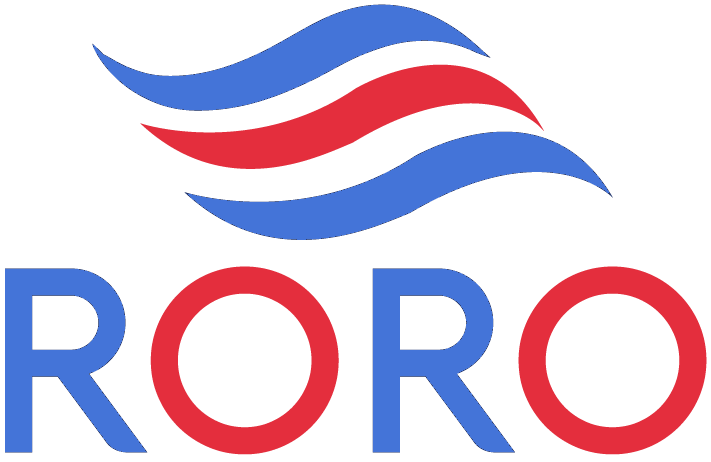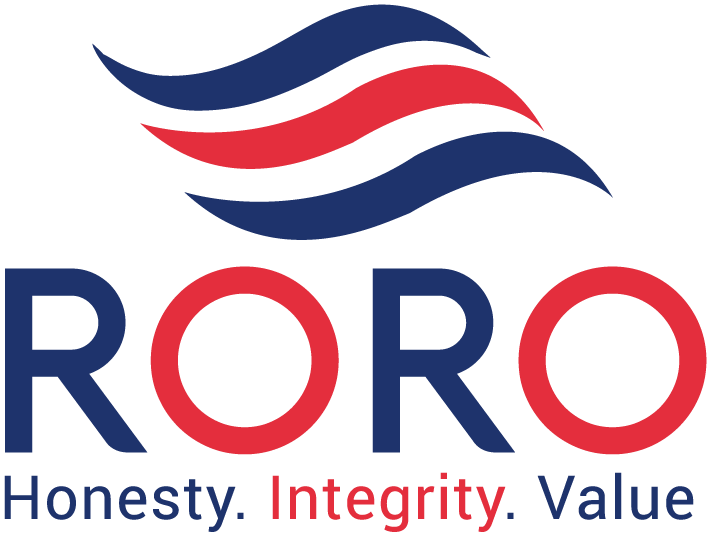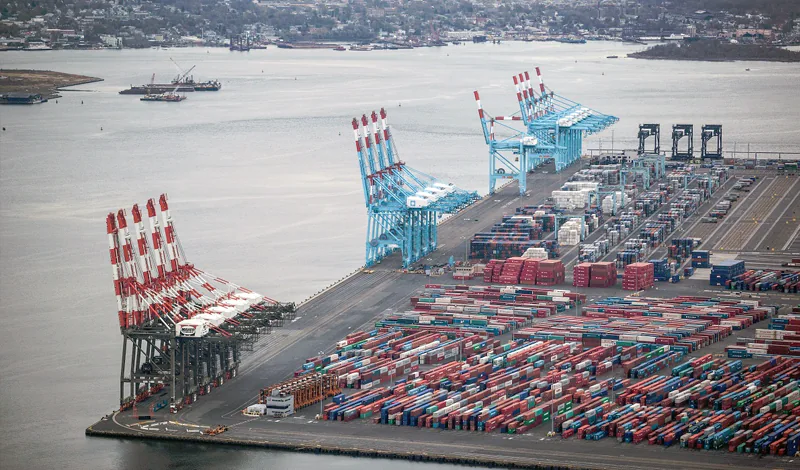
Port Newark Container Terminal (PNCT) located in Port Newark, New Jersey occupies 272 acres, currently handling more than 1.3 million TEU’s.
PNCT’s schedule of services opens a world of possibilities. Over 45 international destinations for shippers moving freight through Port Newark Container Terminal.

It’s among the top 20 ports in the U.S. by tonnage and container volume, and is a major hub for the import and export of vehicles. It’s also a significant port for handling dry bulk cargo.
Baltimore is the leading U.S. port for Roll On/Roll Off (Ro/Ro) cargo, including farm and construction machinery, and is also a major hub for handling cars and light trucks.
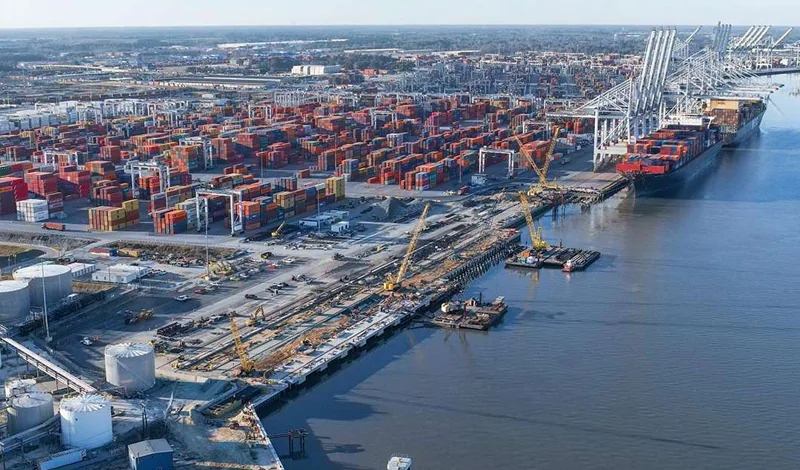
The Port of Savannah is closest and fastest by rail to the major population centers of Atlanta, Birmingham, Charlotte, Memphis and Orlando. Two Class I on-terminal rail facilities mean more choices for reaching inland markets.
Savannah’s ideal location on the Atlantic Ocean in the southeastern part of the United States puts 65 percent of the U.S. population within a two-day drive by ground, water, rail or air.
The Port of Savannah is the largest single container terminal in the Western Hemisphere. In FY2024 it moved 5.25 million TEUs (Twenty Foot Equivalent Container Units) in throughput, a decrease of 2.3% when compared to the previous year, all-time high.
The Port of Savannah moved 22.0% of the East Coast container trade. The port handled 11.6% of all U.S. containerized exports in FY2024 (PIERS-Enterprise).
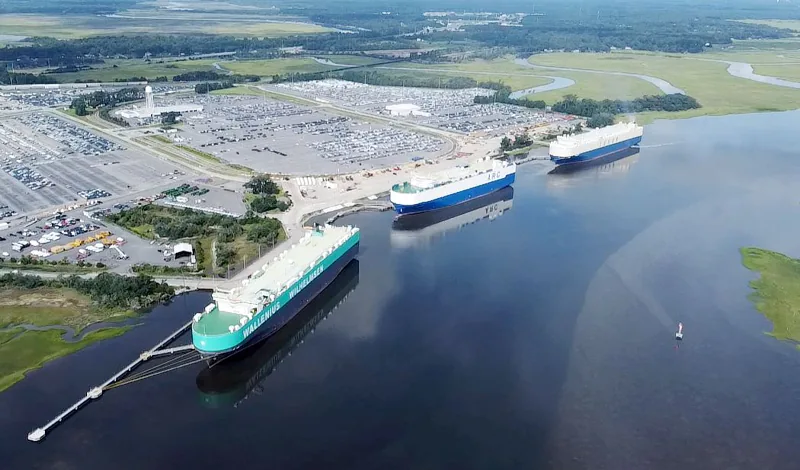
The Port of Brunswick’s diverse carrier fleet, convenient location and ample space provide automotive and other Roll-on/Rolloff shippers a vital link to global markets.
The Port of Brunswick’s diverse carrier fleet, convenient location and ample space provide automotive and other Roll-on/Rolloff shippers a vital link to global markets.
Brunswick is the nation’s busiest port for import and export Ro/Ro cargo.
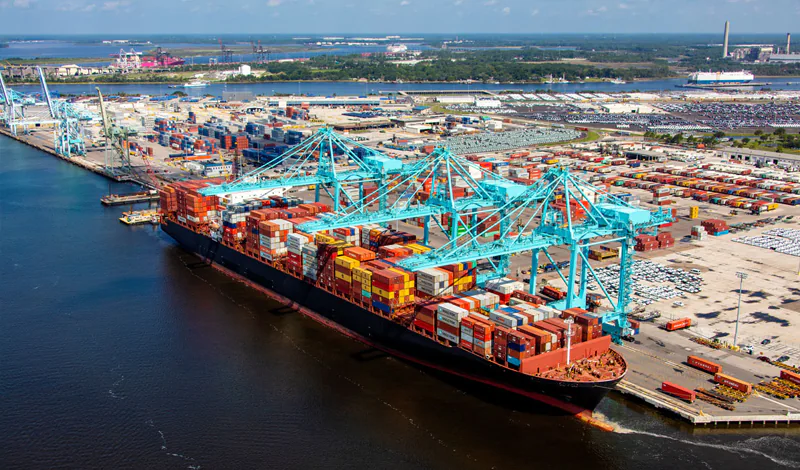
Located in the Southeastern U.S. at the crossroads of the nation’s rail and highway network, the Jacksonville Port Authority (JAXPORT) is your global gateway to Florida, the nation’s third-largest state. JAXPORT is Florida’s largest container port and one of the nation’s largest vehicle-handling ports.
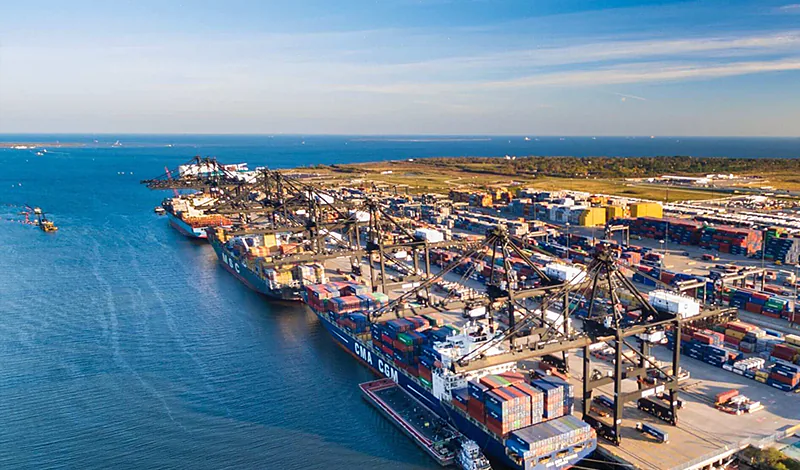
The Houston Ship Channel complex and its more than 200 public and private facilities is the nation’s largest port for waterborne tonnage, and an essential economic engine for the Houston region, the state of Texas, and the U.S. Port Houston is the advocate and a strategic leader for the Houston Ship Channel.
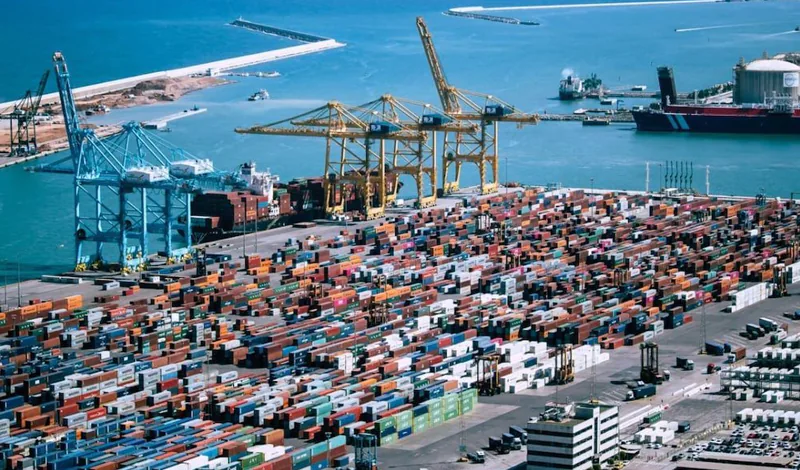
Operates Roro terminal for WW, Kline, ARC, and general cargo stevedoring and terminal services.
The Port of Galveston is the port of the city of Galveston, Texas, United States. It was established by a proclamation issued by the Congress of Mexico on October 17, 1825, while the land known today as Texas was still part of Mexico. The Port of Galveston is the oldest port in the Gulf of Mexico west of New Orleans.
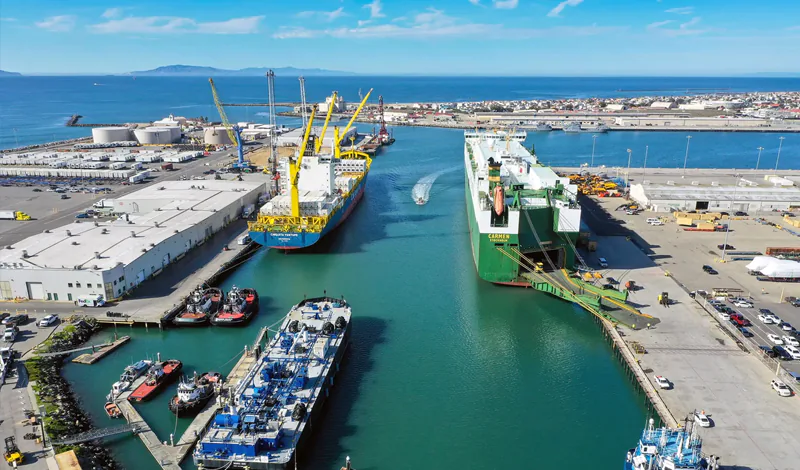
The Port of Hueneme, completed in July 1940, is the only deep water port between the Port of Los Angeles and the Port of San Francisco, and the only Navy-controlled harbor between San Diego Bay and Puget Sound, Washington.
The port is a shipping and receiving point for a wide variety of goods destined for the Southern California region and beyond.
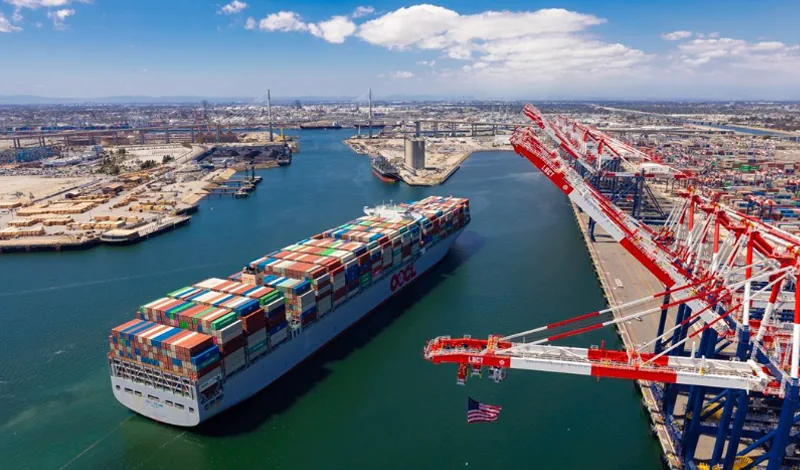
The Port of Long Beach, administered as the Harbor Department of the City of Long Beach, is a container port in the United States, which adjoins Port of Los Angeles.[3] Acting as a major gateway for US–Asian trade, the port occupies 3,200 acres (13 km2) of land with 25 miles (40 km) of waterfront in the city of Long Beach, California.
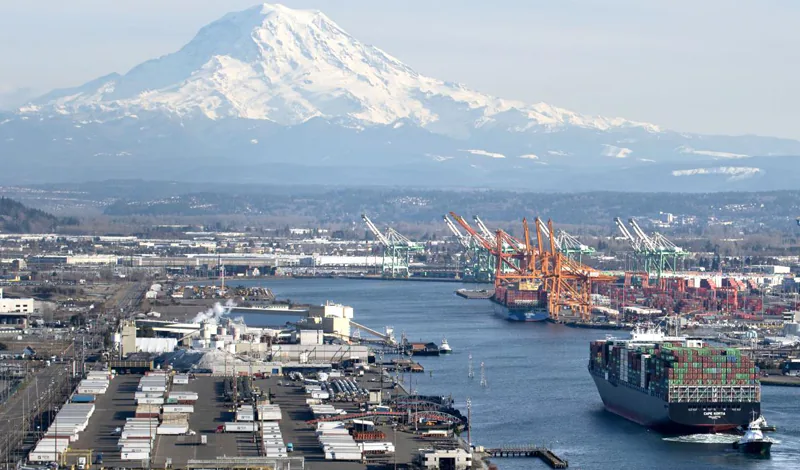
Among the largest container ports in the U.S., the Port of Tacoma is a naturally deepwater port located on Commencement Bay in south Puget Sound. A diverse array of maritime and industrial-related businesses and facilities are located across 2,500 acres of Port-owned property, including several major container terminals, managed by The Northwest Seaport Alliance, where some of the world’s largest container shipping lines call.
